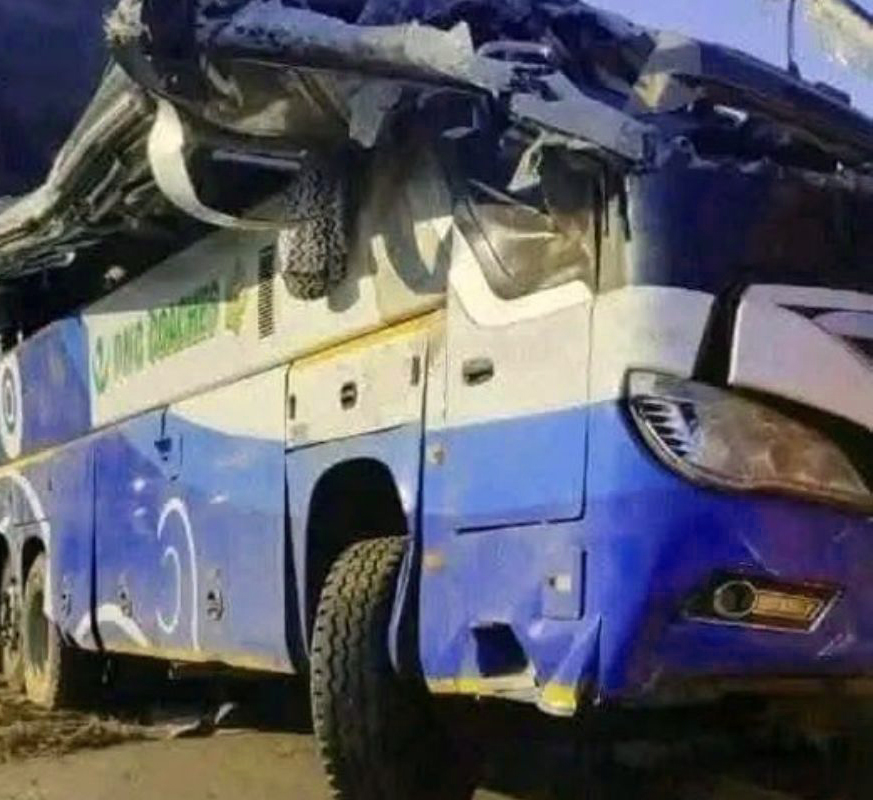Limpopo Bus Crash: What Caused the Tragic N1 Accident?
The Limpopo bus crash that killed 42 passengers and injured 49 others on the N1 highway near Louis Trichardt has reignited discussions about road safety in South Africa. Authorities have begun a comprehensive investigation into the causes, with preliminary reports suggesting driver fatigue, mechanical failure, or steep road conditions may have played a role.
Overview of the Incident
The double-decker passenger bus departed from Gqeberha, carrying cross-border travelers bound for Zimbabwe and Malawi. While descending a steep mountain pass, it lost control and plunged down an embankment, resulting in catastrophic damage.
Rescue teams faced challenges due to the terrain, but their coordinated efforts saved many lives. Emergency helicopters transported the critically injured to Polokwane Provincial Hospital and nearby facilities.
Early Findings from Investigators
Transport officials suspect that brake failure or loss of control on a sharp turn might have triggered the crash. Investigators are examining the bus’s black box, maintenance records, and driver logs to confirm if fatigue or mechanical issues were contributing factors.
A detailed report from the Road Traffic Management Corporation (RTMC) is expected soon, aiming to identify accountability and prevention measures.
Road Safety Challenges in Limpopo
Limpopo’s mountain passes are known for their scenic beauty but also pose serious risks for heavy vehicles. Narrow lanes, poor lighting, and unpredictable weather increase the chance of accidents.
Experts emphasize the need for regular vehicle inspections, better driver training, and speed monitoring systems along critical routes like the N1.
Government’s Immediate Response
The Minister of Transport has expressed condolences and announced the formation of a multi-agency task force to investigate the Limpopo bus crash. In addition, road safety awareness campaigns and stricter cross-border transport regulations will be prioritized in upcoming months.
Long-Term Prevention Strategies
- Improved Road Design: Installing stronger barriers and better signage on dangerous mountain passes.
- Driver Fatigue Programs: Mandatory rest schedules for long-distance drivers.
- Vehicle Safety Checks: Routine inspections before inter-provincial or international trips.
- Public Awareness: Educational campaigns emphasizing speed control and seatbelt use.
Broader Implications for Transport Safety
The Limpopo crash highlights South Africa’s broader issue with public transport regulation. Many long-haul bus companies operate under pressure to meet schedules, sometimes neglecting safety protocols. Experts are calling for digitized inspection systems and GPS tracking to monitor bus performance in real time.
Conclusion
The Limpopo bus crash serves as both a tragedy and a wake-up call. While investigations continue, it’s clear that improving road infrastructure, enforcement, and awareness is vital. The lessons learned from this disaster could pave the way for safer roads across South Africa.
FAQs
Q1: What caused the Limpopo bus crash?
Officials suspect mechanical failure or driver fatigue.
Q2: How many were injured?
49 passengers were hospitalized with varying injuries.
Q3: How is the government responding?
A task force is investigating and reviewing safety policies.
Q4: Where did the crash happen?
On the N1 highway near Louis Trichardt in Limpopo province.
Q5: What’s next for road safety?
Authorities plan to implement new inspection and awareness programs.




